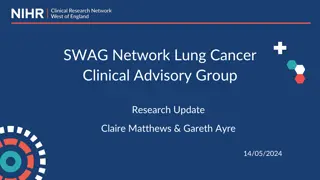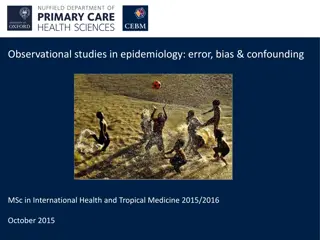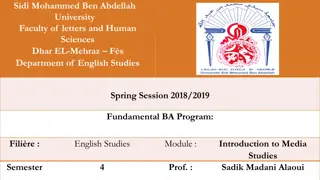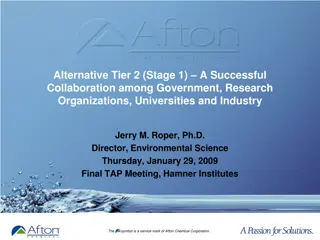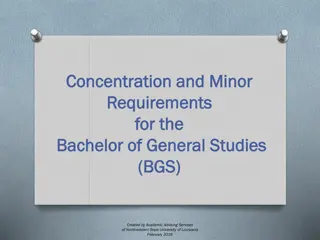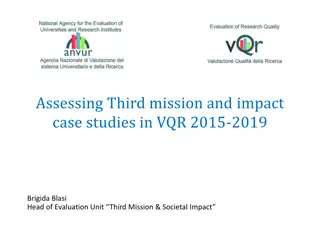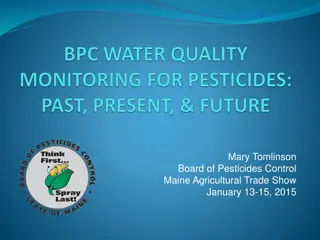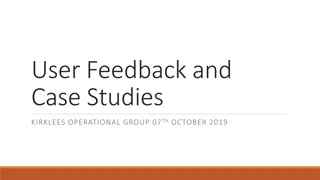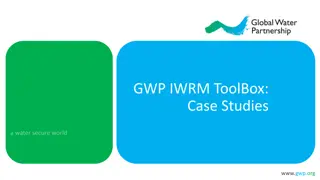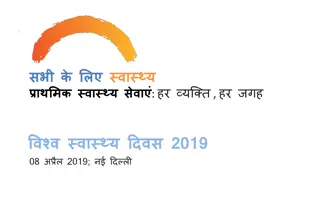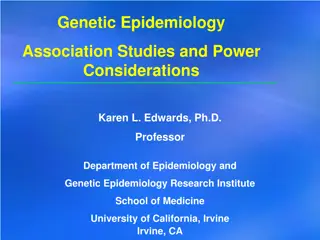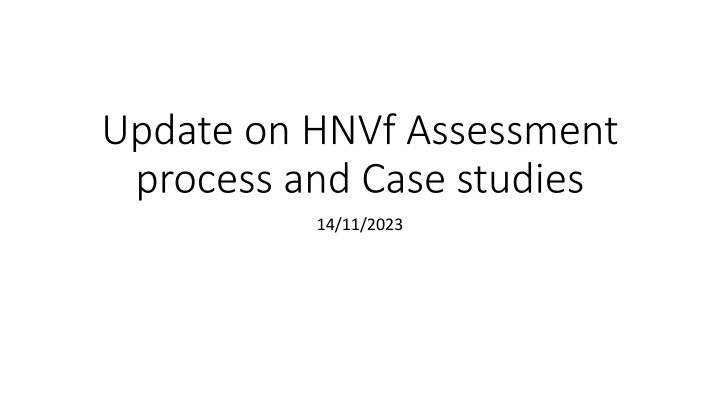
Update on HNVf Assessment Process and Case Studies
Explore the HNVf assessment process and case studies, including field sheets, habitat mapping, scoring, determination, and recommendations. Learn about the different parts of the assessment and the importance of clear guidance for accurate assessments. Discover how to review and screen out GA1 categories, and understand scoring based on field data and habitat assessments to determine the likelihood of HNVf presence in a site.
Uploaded on | 0 Views
Download Presentation

Please find below an Image/Link to download the presentation.
The content on the website is provided AS IS for your information and personal use only. It may not be sold, licensed, or shared on other websites without obtaining consent from the author. If you encounter any issues during the download, it is possible that the publisher has removed the file from their server.
You are allowed to download the files provided on this website for personal or commercial use, subject to the condition that they are used lawfully. All files are the property of their respective owners.
The content on the website is provided AS IS for your information and personal use only. It may not be sold, licensed, or shared on other websites without obtaining consent from the author.
E N D
Presentation Transcript
Update on HNVf Assessment process and Case studies 14/11/2023
HNVf assessment 4 parts 1. Field sheet, habitat map and sample plots - RF 2. Review, screening out GA1 Di or Ecologists for now 3. Scoring - Ecologists 4. Determination and Recommendations - Ecologists
Field sheet, habitat map and sample plots More training and clearer guidance needed Context really, really needed on field sheets and habitat map GS4i = GA1 Wet grassland that is on the site that has been improved in the past, shows signs of fertillisation, reseeding or other intensive management practices is to be classified as GA1. This grassland will have dense rush in places and be species poor. This is in line with Fossitt which states that under GA1 Some reseeded but poorly-drained fields may support abundant rushes. Please do not classify this as GS4. As described in the screening for improved grassland this can be defined as :The field is dominated by dense soft rush (50% +). Buttercups and other weeds or agricultural herbs (See B3) may be present but no positive indicator species are present (excluding site boundaries or along watercourses). Ryegrasses or other agricultural grasses as in B.3. are present in shorter sections. Releves/sample plots and habitat map to reflect site
Review, screening out GA1 DI must review and concur with RFs results D must be complete, supporting documentation must be provided. Complete Improved grassland determination All other env considerations apply
Scoring See Guidance document in draft Scoring is based off of the field sheet, the habitat map, aerial and sample plots. The field sheet is just one part Scoring allows the site to be classified as Low Medium/moderate/High likelihood of presence of HNVf Q Part B Habitat assessment
Scoring Q Part B Habitat assessment Where there is more than one scoring of Part B Use the highest scoring Part B This ensures that it is scored high and the appropriate determinations and recommendations can be applied Does not define that the site is HNVf or that the highest scoring semi-natural habitat is HNVf or Annex Can indicate the above Using highest scoring Part B ensures that the overall site is appropriately categorised into the this site needs to be looked at in more detail category Moderate or High
Scoring Q Part B Habitat assessment Using more than one Part B does not reveal any extra information in addition to the sample plots and habitat map Using a cumulative scoring of the semi-natural habitats on the site does not yet indicate a different result to using the highest scoring form The Scoring for Part B is a screening tool The ecologist will make the determination as to whether site is not HNVf, whole or partial HNVf if scoring Moderate or High
Determination and Recommendations Based off of the results of the scoring for the site and the field sheet and the habitat map and the sample plots Determination uses the information provided as a tool Scoring allows for the site to be categorised into Low no constraints. Not HNVf. All FTs apply Moderate/medium score might indicate that protective measures are needed scoring shows where these are needed and why. Habitat map and releves show where and support the determination and recommendations High May need further survey, exclusion or other measures
File 1 7.4 ha total 0.72 ha of semi-natural habs, 0.42 plantable Mostly GA1 so not Type 1 Not Type 3 Type 2? Scores 70 for hab
0.9 ha retained species rich/semi- natural habitats
File 2 Mostly GA1 2 areas of Molinia, 1 not connected to other semi-natural habs 1 area of GS4 at other end Scores 100 for habs
File 3 10.4 ha with 4.51 ha semi-natural habs Species poor mostly Scores 30 for habs

